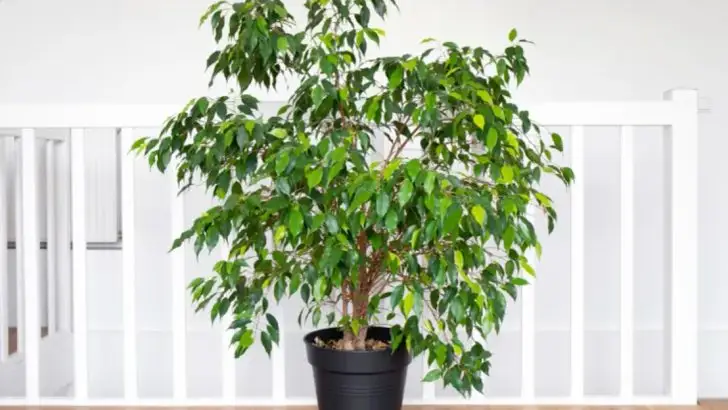That drooping, brittle, or leafless plant may look like it’s beyond saving — but don’t grab the compost bin just yet. In many cases, what seems like a dead plant is actually just stressed or dormant, and with the right techniques, it can bounce back to life in ways that feel almost miraculous.
In this article, we reveal 13 seemingly doomed plants that you can often revive completely, using a few simple but powerful interventions. From deep hydration tricks to pruning methods and root checks, these revival strategies might just turn your “goner” into a garden comeback story.
Don’t give up too soon — your plant might just need a second chance (and a little shock therapy).
Ficus Tree
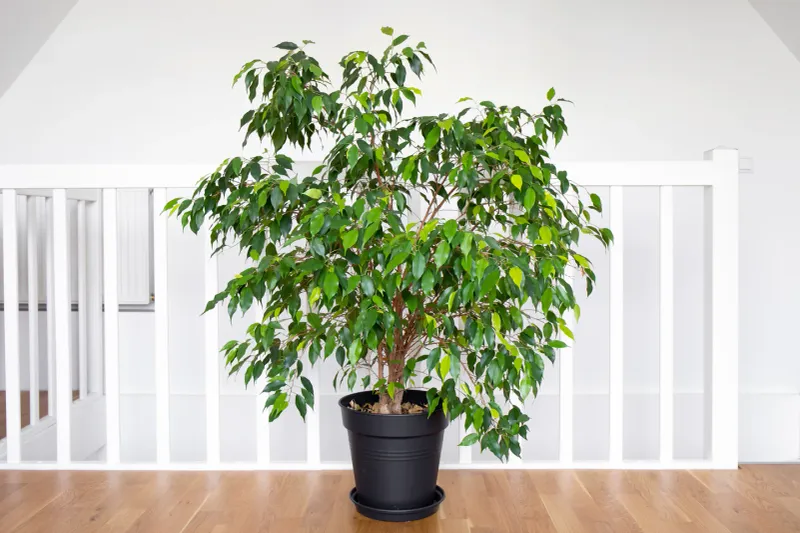
The Ficus tree, often seen gracing urban apartments, can sometimes appear beyond saving. Yet, beneath its drooping leaves lies the potential for revival. Start by checking its roots. If they’re firm, your Ficus might just need a change of scenery. Repotting in fresh soil and adjusting its light exposure can work wonders.
Ensure the plant receives moderate, indirect sunlight. Overwatering is a common pitfall—water only when the topsoil feels dry. With patience, those once sad branches can become vibrant again. This resilient plant embodies the spirit of regrowth, making it a favorite among indoor gardeners.
Peace Lily
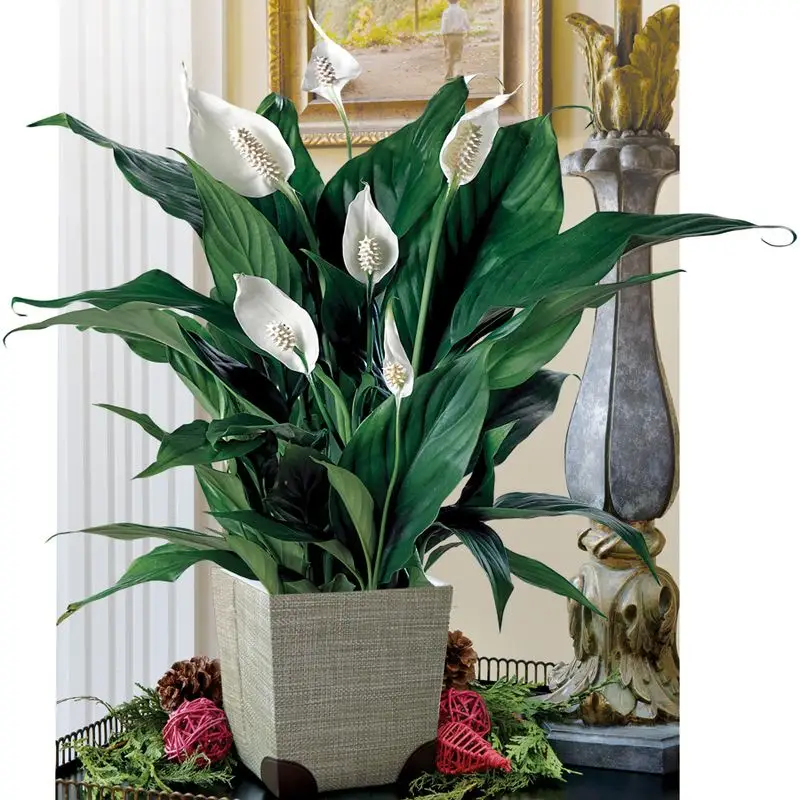
Known for its graceful white blooms, the Peace Lily can look forlorn when its leaves yellow. Fear not; this plant’s tenacity is renowned. Often, it just needs a better hydration schedule. Let it dry out slightly before the next watering, avoiding waterlogged soil.
Trim any dead leaves to redirect energy to healthier parts. Given time, its blooms will return, brightening any space it inhabits. Another tip: place it near filtered light to enhance its recovery. The beauty of the Peace Lily is its ability to bounce back, much like hope in adversity.
Spider Plant
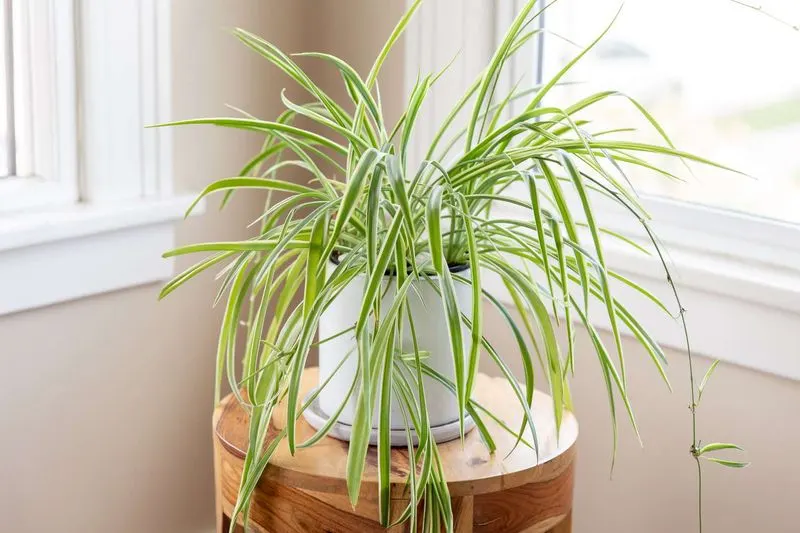
Spider Plants, with their air-purifying prowess, occasionally sport brown tips. Often, it’s a sign of fluoride sensitivity in tap water. Consider switching to distilled water for gentler hydration.
Regular grooming, like trimming the brown tips, can revitalize its appearance. A touch of fertilizer during growth phases also helps. This plant thrives with occasional neglect, so ease up on care. In time, its cascading leaves will flourish. Spider Plants remind us that a little imperfection can lead to resilient beauty, much like the journey of life itself.
Aloe Vera
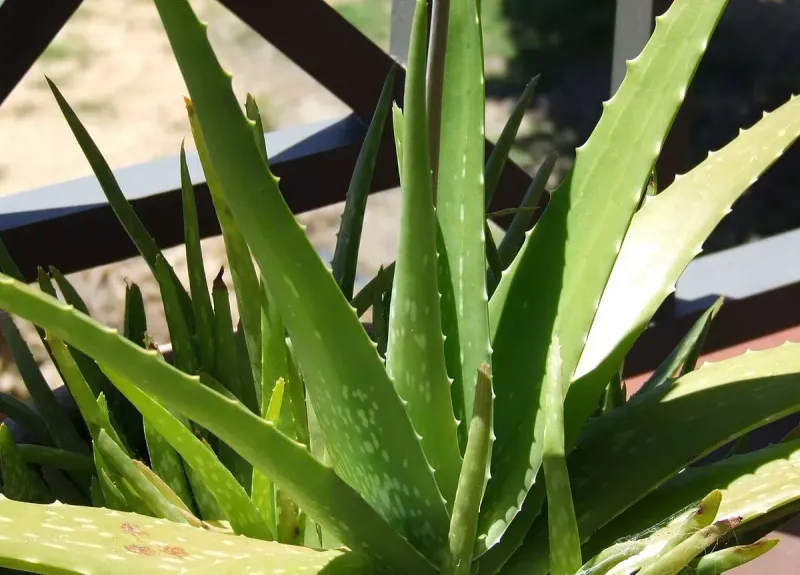
Aloe Vera, the desert succulent known for its soothing gel, sometimes slumps from too much attention. Overwatering can be its downfall. Allow the soil to dry completely between waterings to encourage health.
Placing it in direct sunlight boosts its vitality. Should leaves become mushy, remove them to focus the plant’s energy on growth. Given its hardy nature, Aloe Vera often springs back with minimal coaxing. Its resilience mirrors the healing properties it is famous for, inspiring us to find strength in simplicity.
Orchid
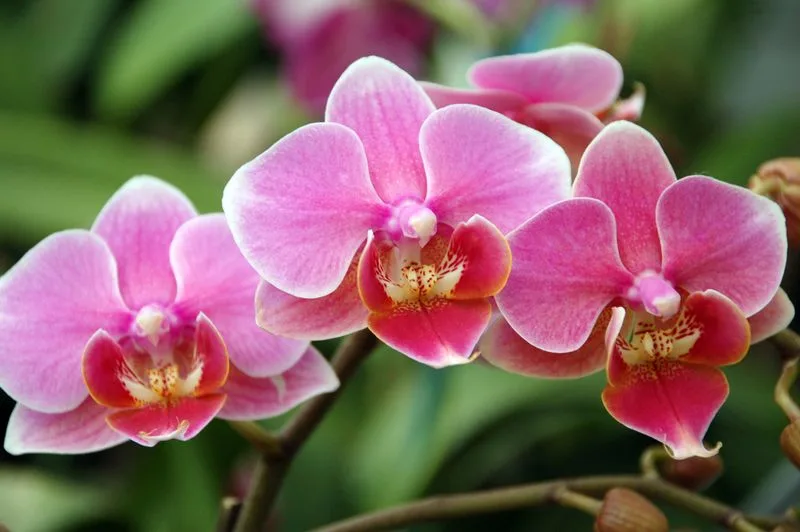
Orchids, the exotic wonders of the plant world, often intimidate with their delicate needs. When blooms fade, it might seem they’re beyond saving, yet these plants delight in a second chance. First, trim the stalks after flowering ends.
Ensure proper potting mix and indirect sunlight. Humidity, too, aids their revival. Mist them gently, replicating their natural habitat. With care, your Orchid can rebloom, showcasing nature’s patience in all its glory. Orchids, much like fine art, require an understanding touch to truly flourish.
Rose Bush
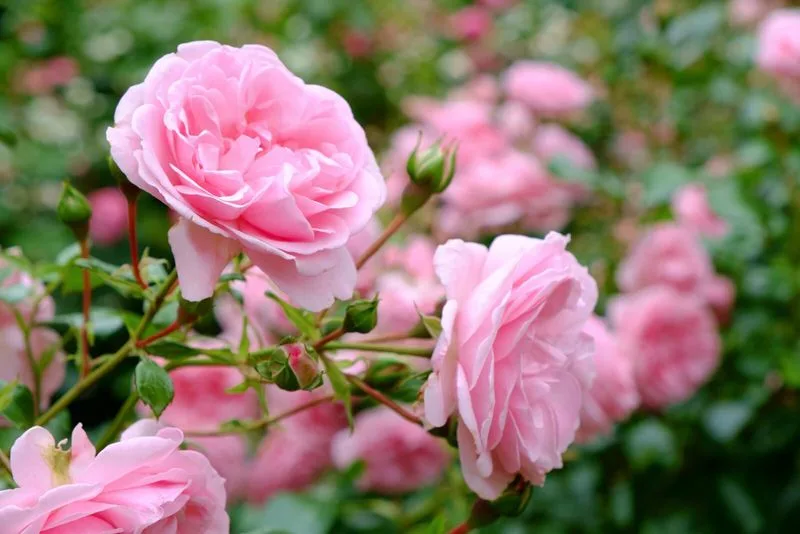
Rose Bushes, synonymous with romance, can look weary when neglected. Pruning is key to their rejuvenation. Remove dead branches to encourage robust growth. Adequate sunlight and fertilization are vital.
Water deeply but infrequently, fostering deep root development. As resilient as they are beautiful, Roses symbolize new beginnings. With these techniques, your bush can burst with blooms once more. The journey from wilted to wonderful is a testament to nature’s restorative power, echoing the timeless elegance of roses themselves.
Jade Plant
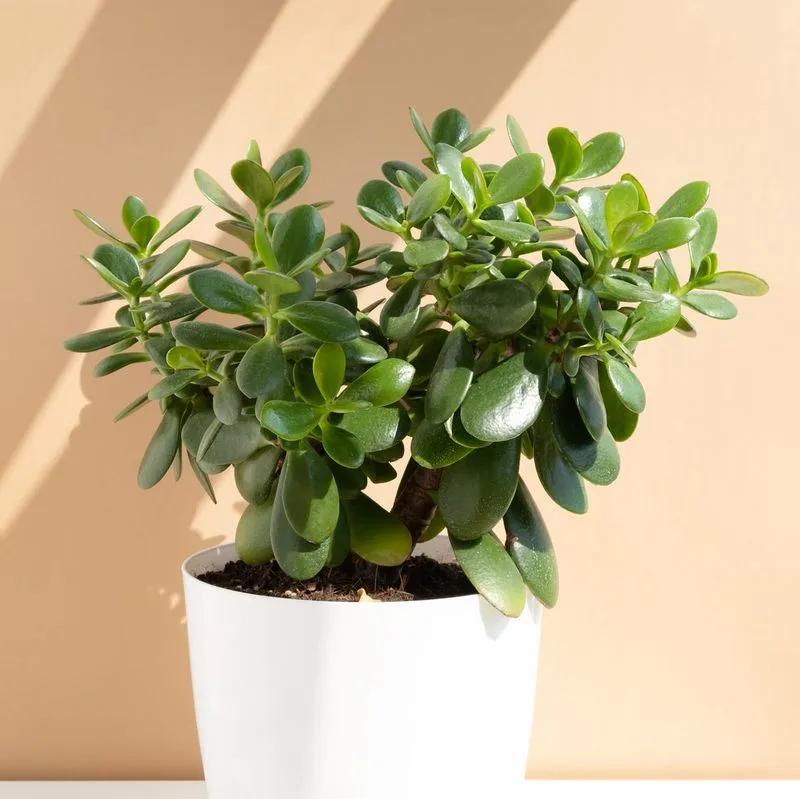
Jade Plants, symbols of prosperity, can show signs of stress through wrinkled leaves. Often, they’re victims of overwatering. Allow the soil to dry out between waterings to restore vitality.
Bright, indirect sunlight is their friend. If the plant appears leggy, consider pruning to promote new growth. The Jade Plant’s ability to recover from neglect makes it a cherished companion for those seeking enduring beauty. Like a quiet friend, it thrives on care and consistency, teaching us patience and perseverance.
Fern
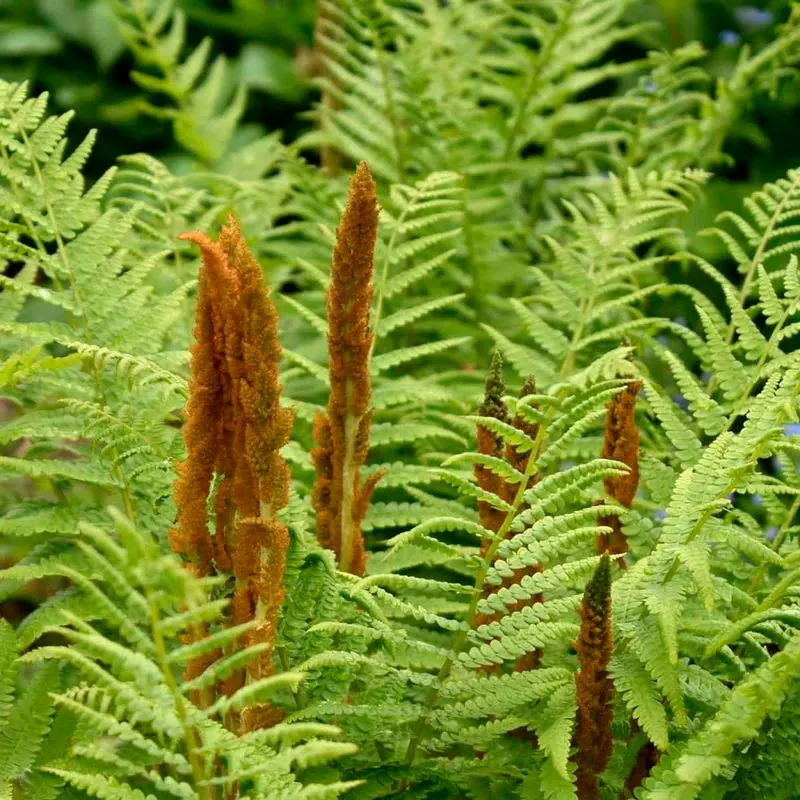
Ferns, with their lush fronds, may seem fragile but often bounce back with the right care. When leaves crisp, it’s usually a cry for humidity. Misting regularly can breathe new life into them.
Consider placing a humidity tray nearby to mimic their natural environment. With a bit of attention, ferns transform into vibrant greenery, enhancing any space. Their revival journey reminds us that even the most delicate beings possess an inner strength, waiting to emerge with a little encouragement.
Lavender
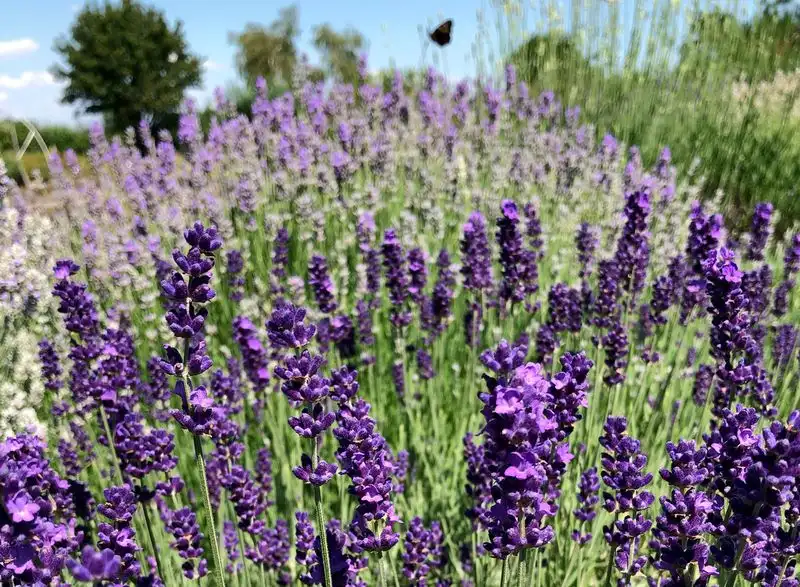
Lavender’s aromatic presence can dwindle when stems droop, often due to poor drainage. Amend the soil with sand or gravel to improve drainage, ensuring roots remain healthy.
Prune after flowering to encourage new blooms. This hardy plant thrives in sunny spots, where its fragrance can fill the air. Lavender’s revival story is one of rejuvenation, echoing the serene beauty of a fragrant garden. Its journey from drooping to delightful is a testament to nature’s ability to recover with grace.
Snake Plant
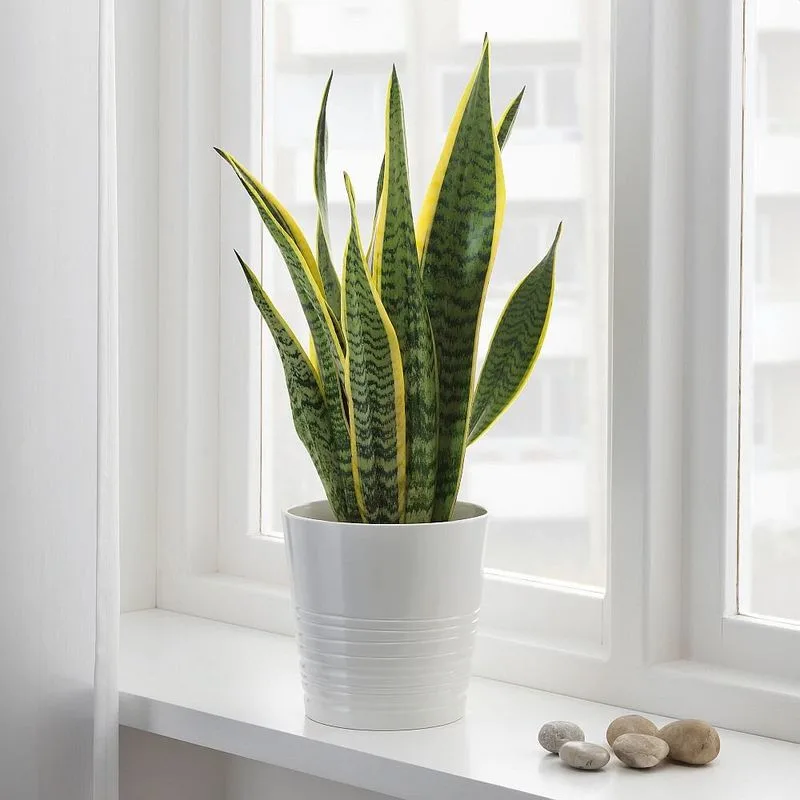
The Snake Plant, a symbol of architectural beauty, sometimes slouches from overwatering. Allow the soil to dry out completely before the next watering session to aid recovery.
Bright indirect light is essential for its growth. Should leaves become mushy, trim them to redirect energy. Known for its air-purifying qualities, this plant thrives on neglect, making it a favorite for busy households. Its revival symbolizes resilience, much like the structures it often resembles.
Hydrangea
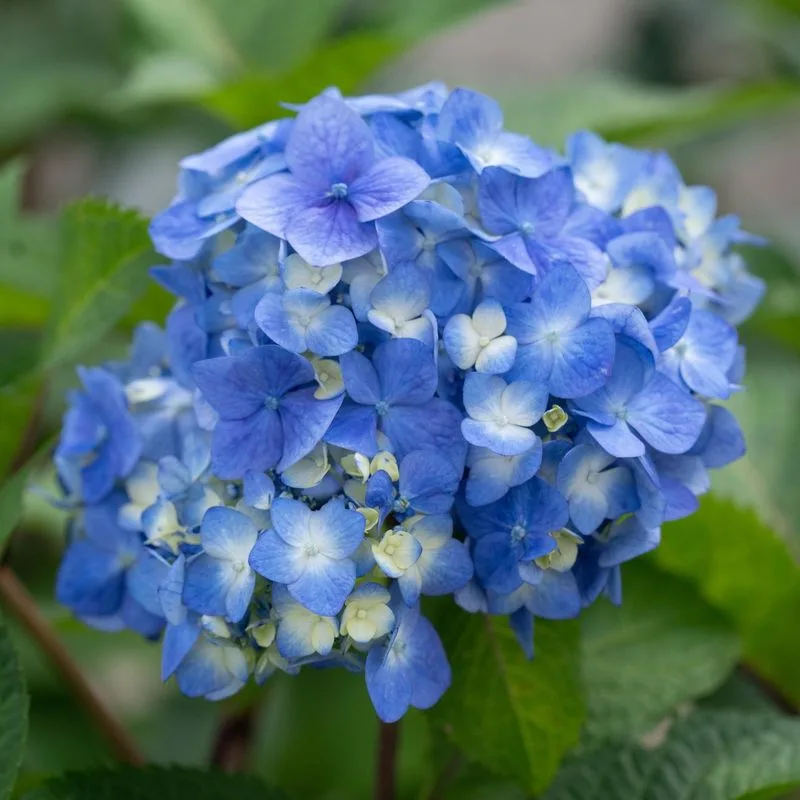
Hydrangeas, known for their vibrant clusters, often droop from thirst. Deep watering, reaching the roots, can bring them back to life. Consider mulching to retain soil moisture, supporting their recovery.
Partial shade is ideal, providing the balance they crave. As the blooms return, so too does their charm, infusing gardens with color and cheer. The journey of the Hydrangea from wilted to wonderful is a reminder of the transformative power of care and attention.
Bonsai Tree
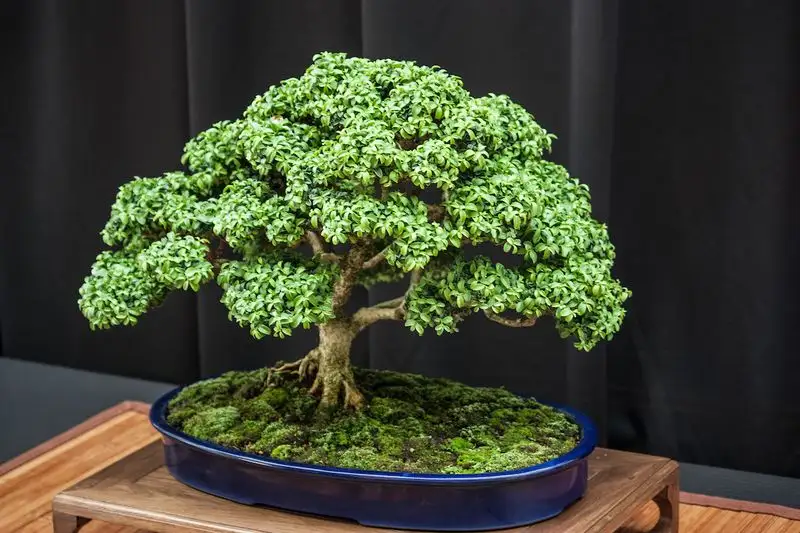
Bonsai Trees, miniature symbols of nature’s balance, demand meticulous care. Sparse leaves often signal distress, often from inconsistent watering. Ensuring a consistent watering schedule can rejuvenate these living artworks.
Pruning dead branches redirects energy to healthier parts. With the right attention, Bonsai can flourish, embodying serenity in small form. Their revival is a testament to the art of patience, reflecting the harmony between nature and nurture.
ZZ Plant
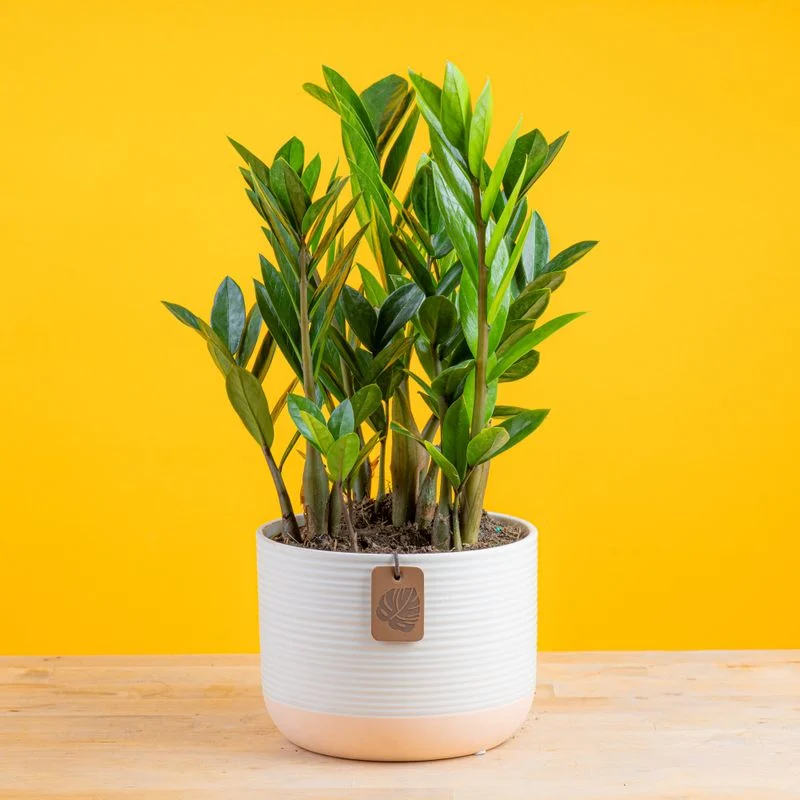
The ZZ Plant, a low-maintenance favorite, shows distress through yellowing leaves, often from excess water. Let the soil dry out and improve drainage to revive.
Thriving in low-light conditions, relocating it to a shadier spot can aid recovery. Known for its resilience, the ZZ Plant bounces back with minimal effort. Its journey from weary to vibrant reflects the strength found in simplicity, making it a staple in both homes and offices alike.

